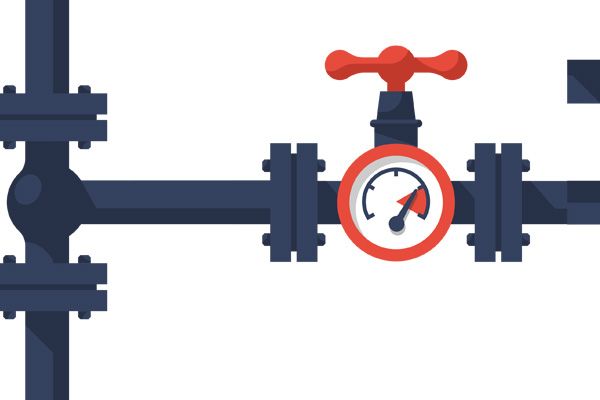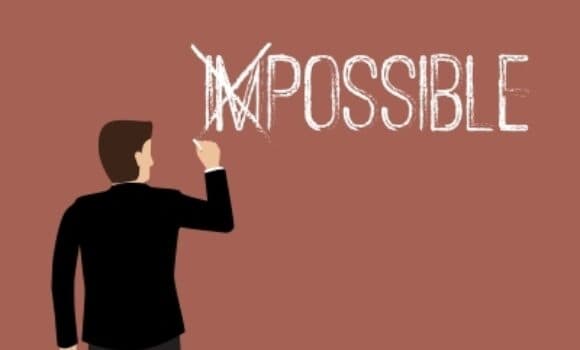Support for reverse innovation (also know as frugal innovation or mutually beneficial innovation) is gaining traction from researchers, industry, government and healthcare system leaders. In fact over 350 publications, reports and books have been created on the subject. These are gaining traction partly due to the potential to reduce costs of healthcare provision. The terms reverse innovation, frugal innovation and mutually beneficial innovation are often used interchangeably, but are subtly different. There is growing consensus on the definitions and we can broadly describe each as follows:
- Reverse innovation - innovations that have been ideated, trialled, tested, and used in a constrained environment (most often associated as low and middle income countries) before being used by healthcare providers in less constrained locations (most often associated as high income countries)
- Frugal innovation - a stripped back innovation which could be anyone of low cost, simplified functionality, simplified material, repurposed tools. Generally perceived as doing more with less.
- Mutually beneficial innovation - progressing and learning from innovations developed in constrained environments (most often associated as low or middle income countries) through a collaborative approach that provides all parties with benefits.
However these above approaches also raise moral and ethical questions including stimulating judgement of other cultures values and standards, capitalising on IP and knowledge of others, and the perception of a one way flow of benefit from countries with limited resources to the more affluent.
These challenges have led to reverse innovation being modified to mutually beneficial innovation. The latter focuses on collaborative working to create improvements and generate significant evidence across diverse patient populations to provide more robust indications on the effectiveness of innovations.
Sunk costs
Whether it is reverse, frugal or mutually beneficial innovation essentially there is the potential to learn to deliver healthcare with less resource. In a climate where healthcare systems are struggling with increasing cost and complex patient conditions this is appealing. But there is also another opportunity namely to gain broader insights and ask some fundamental questions.
Innovations developed in constrained environments give us insight on how structure, functions, processes and common held assumptions within well funded healthcare systems are holding back progress. Firstly constrained environments leap frog technologies (e.g. leapfrogging fixed phone lines and using mobile phones or missing out on broadband and instead using 4G) which gives insight on how healthcare could be improved with next generation technologies. Secondly it gives us insight on how healthcare becomes encumbered by past resource investment.
The psychology of the sunk cost is where additional expenditure and reluctance to change are justified due to prior spending, loss aversion and the preference for things to remain the same in case they get worse (status quo bias). It is a powerful and underestimated psychological bias that can hold back change. Frugal innovation gives a perspective on what the healthcare system could do if it was unencumbered by existing infrastructure and processes. This is not to say frugal innovations will be perfect but that they can stimulate questioning the fundamental assumptions about existing healthcare systems.
Challenging fundamental assumptions
Innovation from constrained environments, diverse cultures, backgrounds and systems have the potential to make us question long standing processes and approaches which have been accepted as the best way of doing things. For example Aravind Eye Hospital in India has completely re-engineered cataract surgery to make it accessible and affordable. The cost of intervention is 190USD, a patient goes from diagnosis to intervention in the same visit (no waiting list), they prep multiple patients and maintain low levels of cross over infection. The organisation has fundamentally challenged existing assumptions and processes to deliver good affordable care to their community. This really exemplifies the power of asking why, and challenging long held assumptions.
Brave enough to ask hard questions
The 2019 publication from Mark Skopec and colleagues states:
future discussion of reverse innovation must consider possible trade-offs in terms of cost and standards in the quality of care that we are willing to accept
Unfortunately we are not very good at doing this. In reality most if not all innovations require a trade-off and this presents a barrier to uptake.
Working with low and middle income countries to develop mutually beneficial innovations is a great opportunity to rethink our systems and processes for all to benefit. But to have an impact we need to be brave enough to question fundamental processes, approaches and infrastructure. We need to avoid being wedded to existing traditional business models and consider how alternative business models can be implemented. For example reverse innovation is criticised as its viewed as taking advantage of IP-less innovation and asset stripping. We need to think beyond traditional asset and IP orientated thinking and instead consider how collaborations can share knowledge to help everyone.
We can look to tech, low or middle income countries or elsewhere for inspiration, innovation and new solutions but the same underpinning challenges remain to the absorption of innovation in healthcare systems. Until these are addressed any potential improvements will struggle to gain traction. If we want to progress healthcare provision we need system leaders, clinicians and patients to be able to ask hard questions about widely held beliefs and assumptions.
Enjoyed this post? Do share with others! You can subscribe (free & no ads!) to receive posts directly via email.
Get in touch via Twitter or LinkedIn.
Quick links to interesting articles from this week:
Wall Street Journal article on how Google is struggling to gain trust in healthcare
Living near a main road could raise lung cancer by 10%
You may also enjoy the following:




